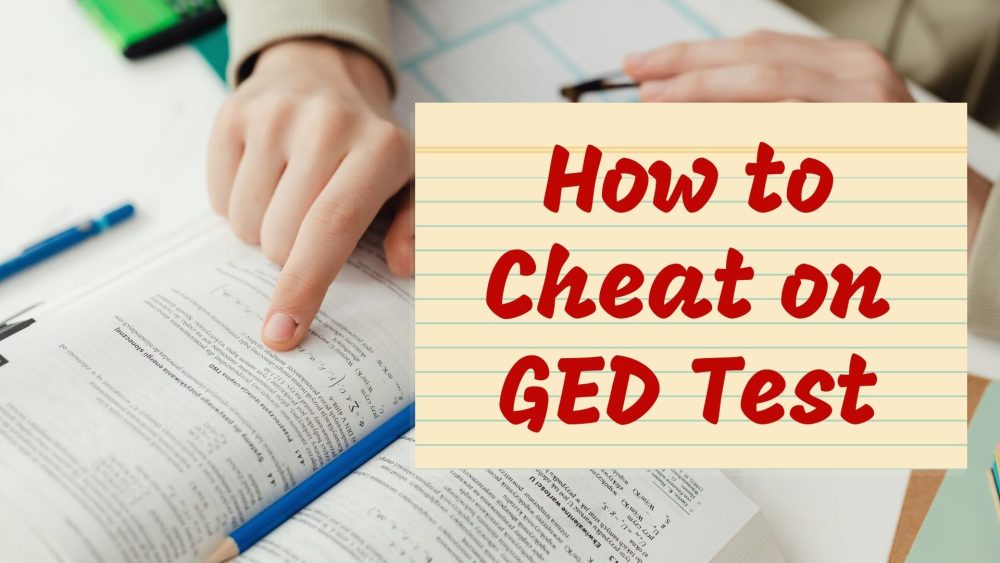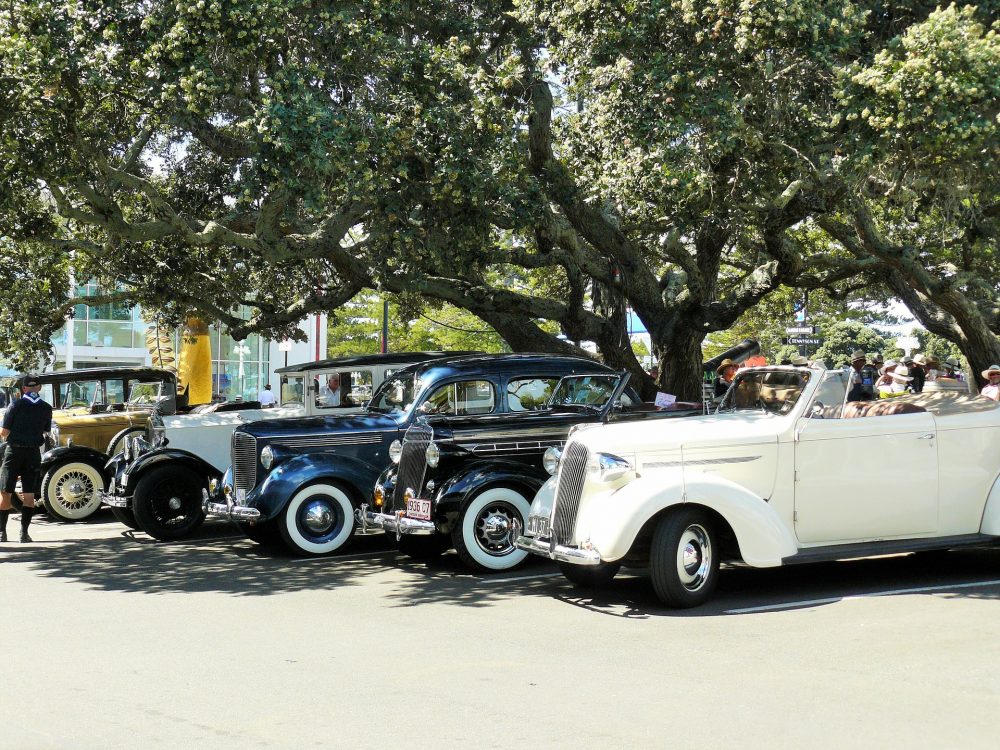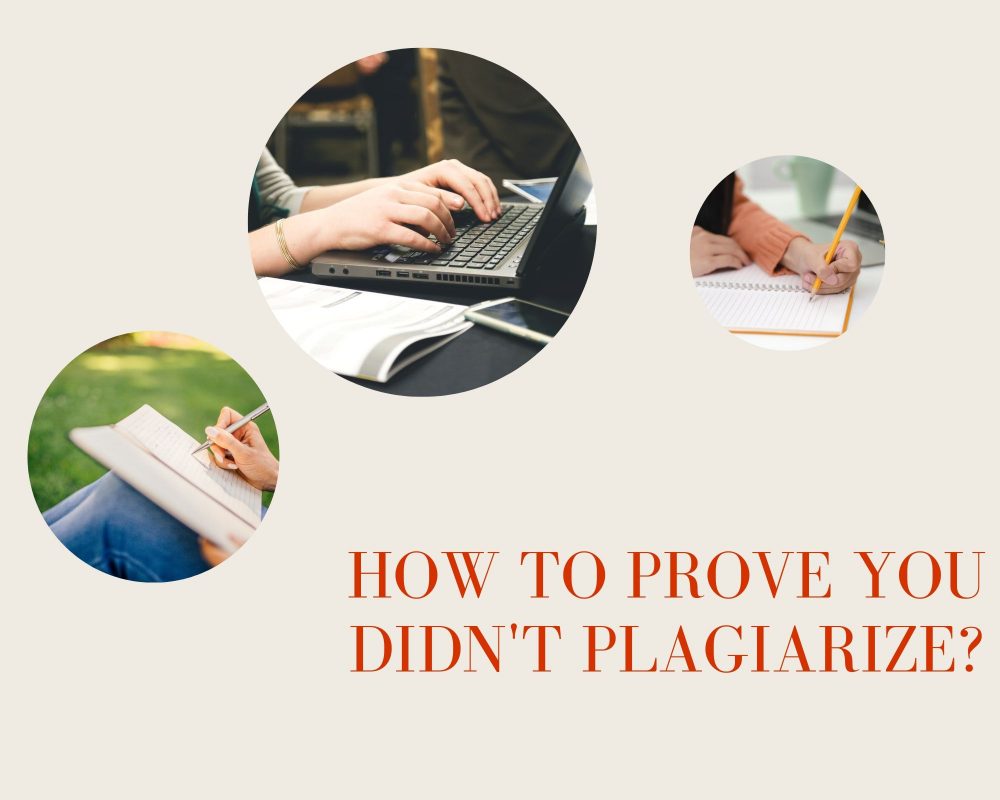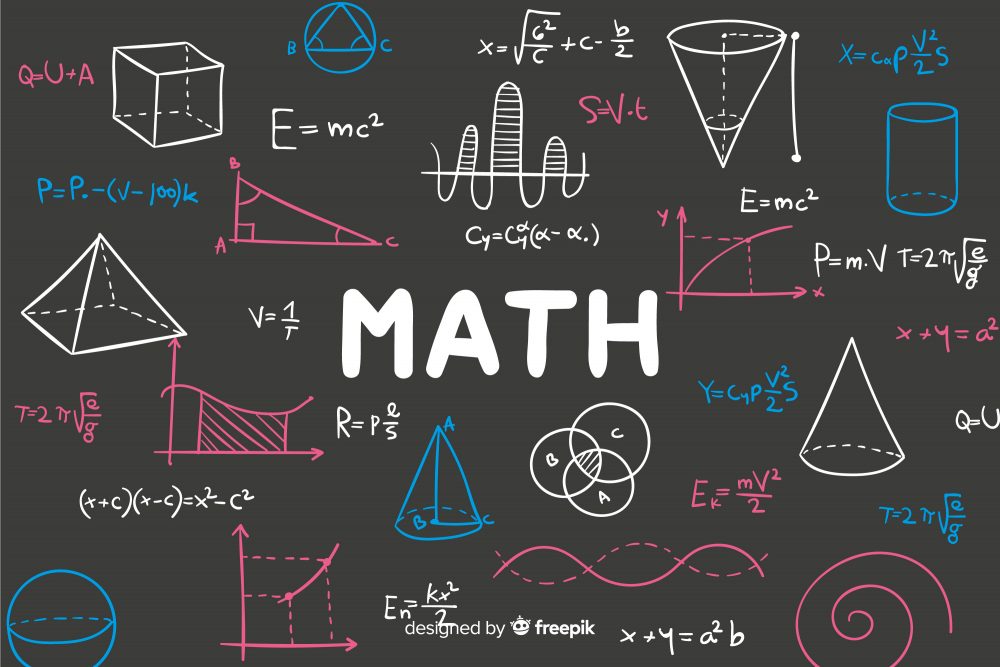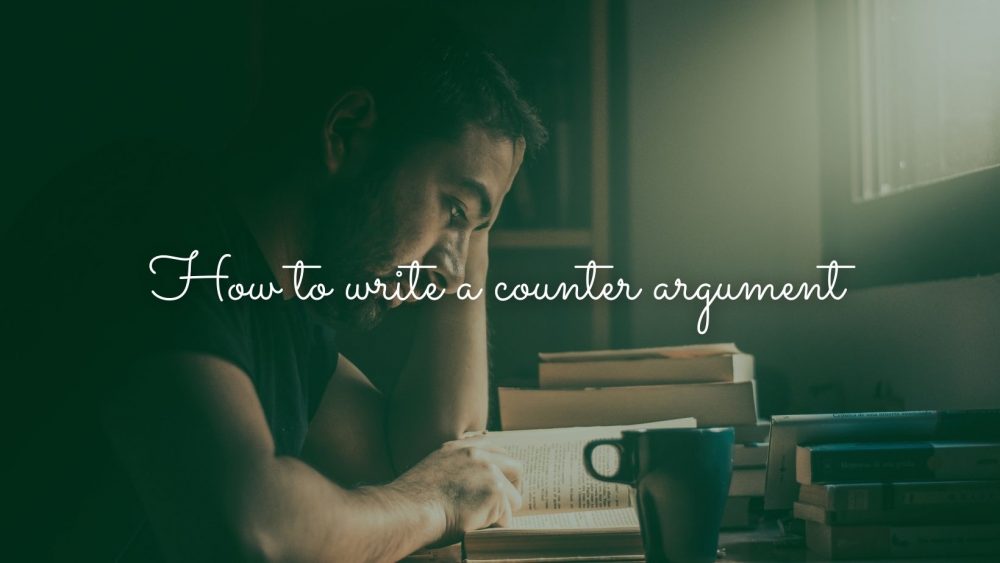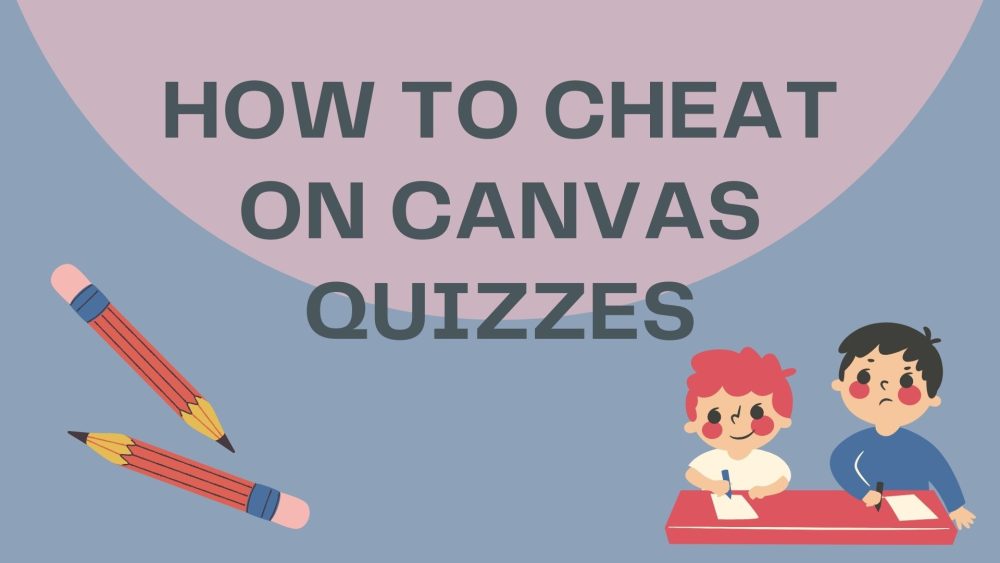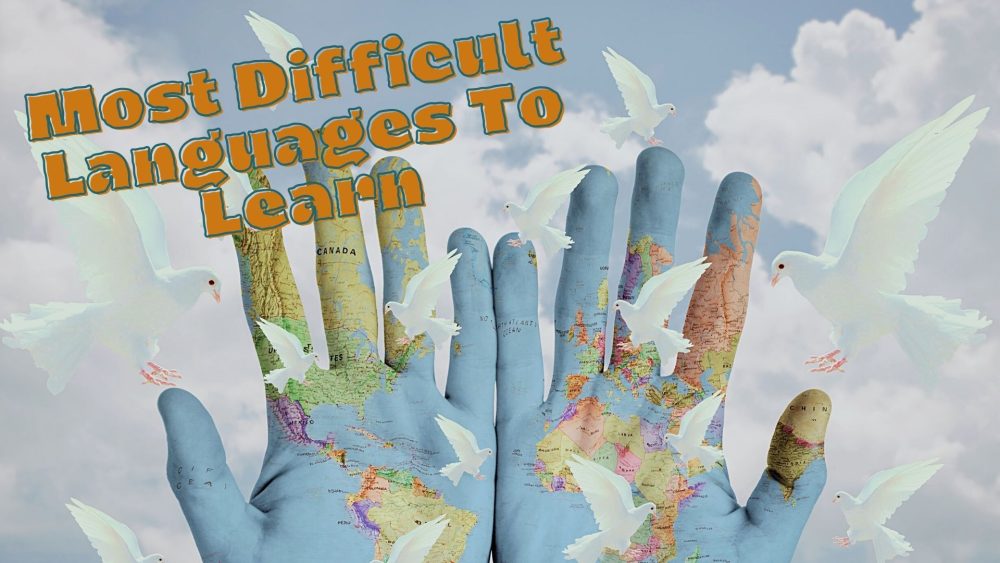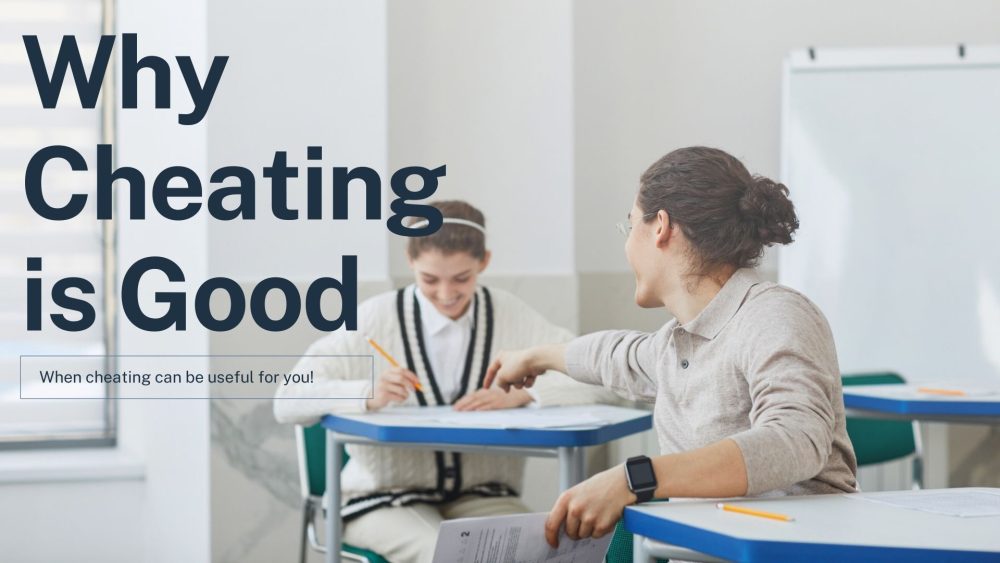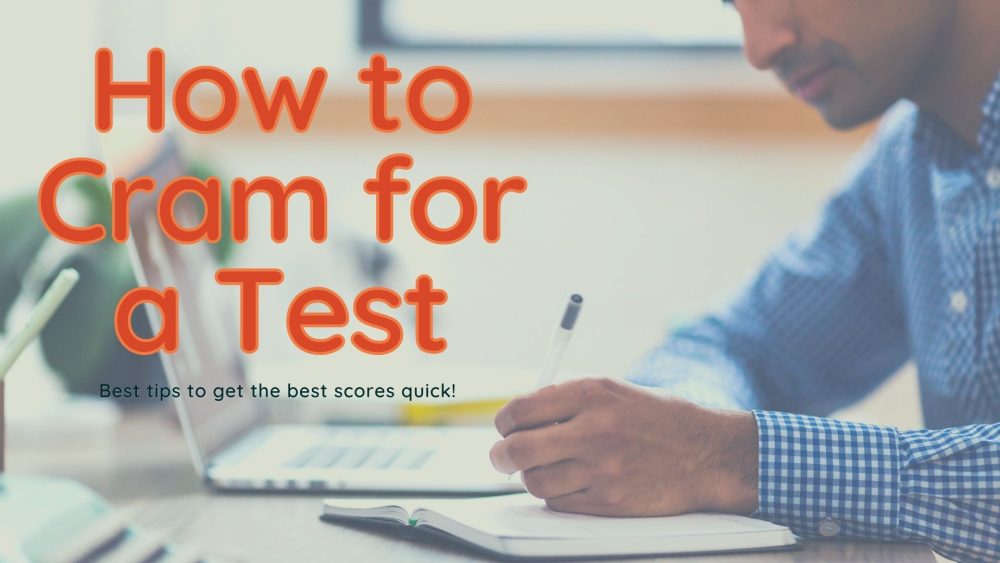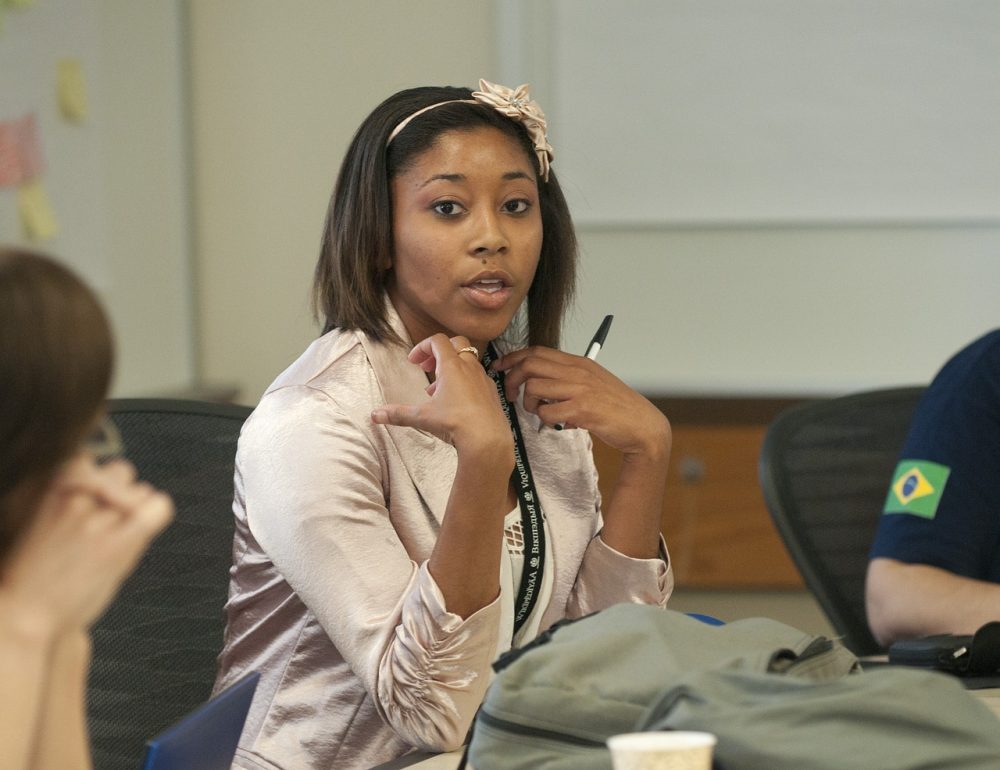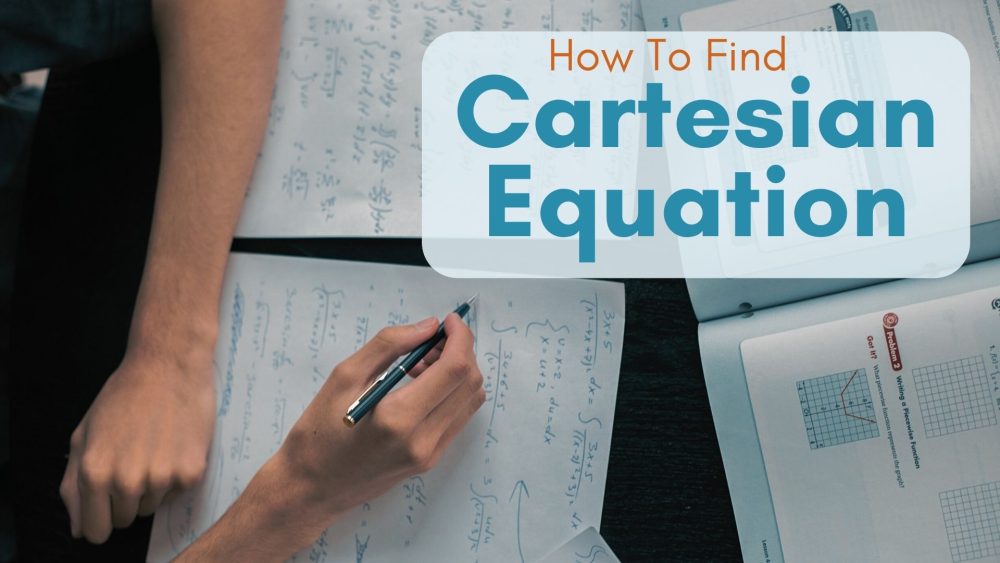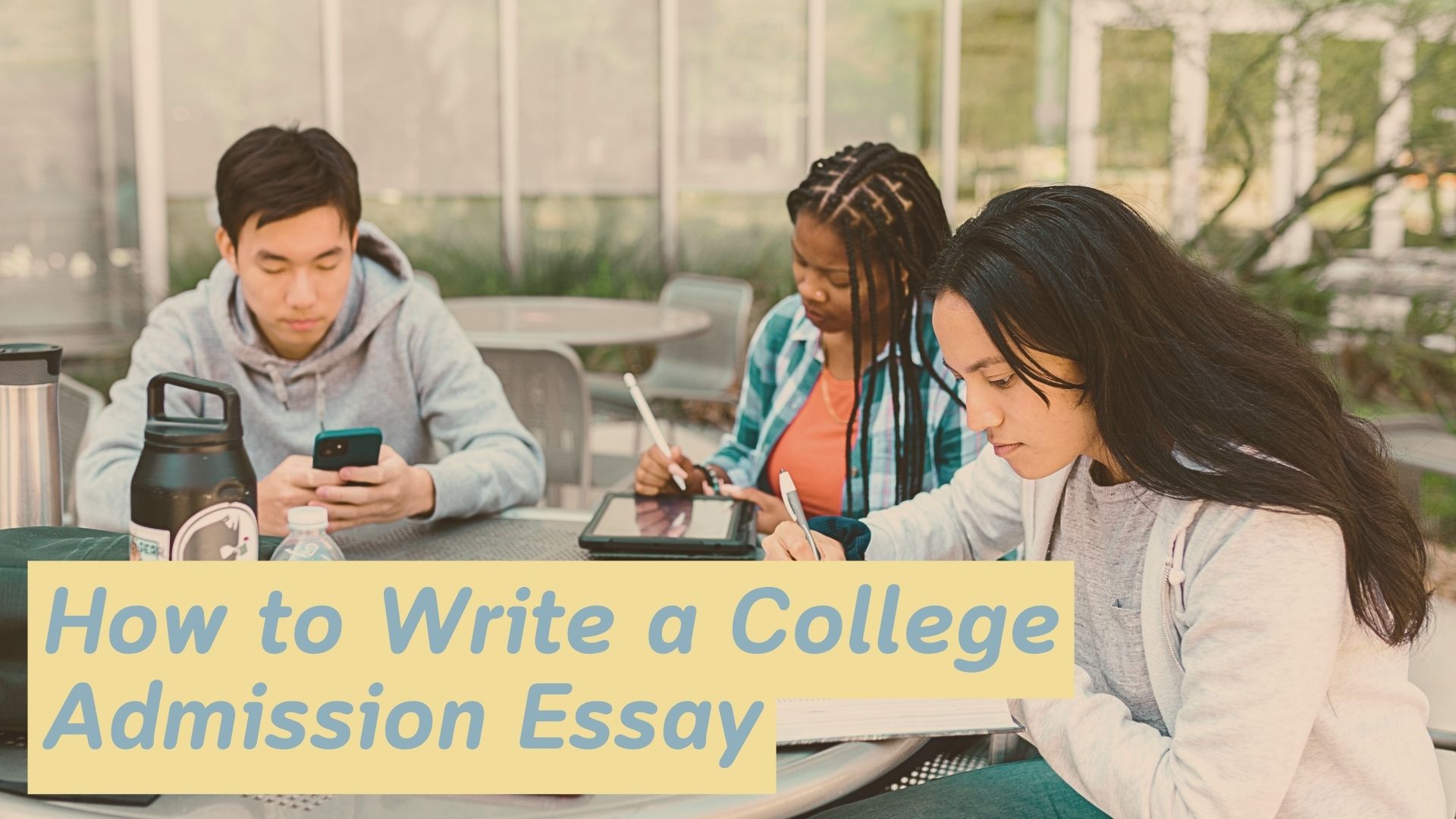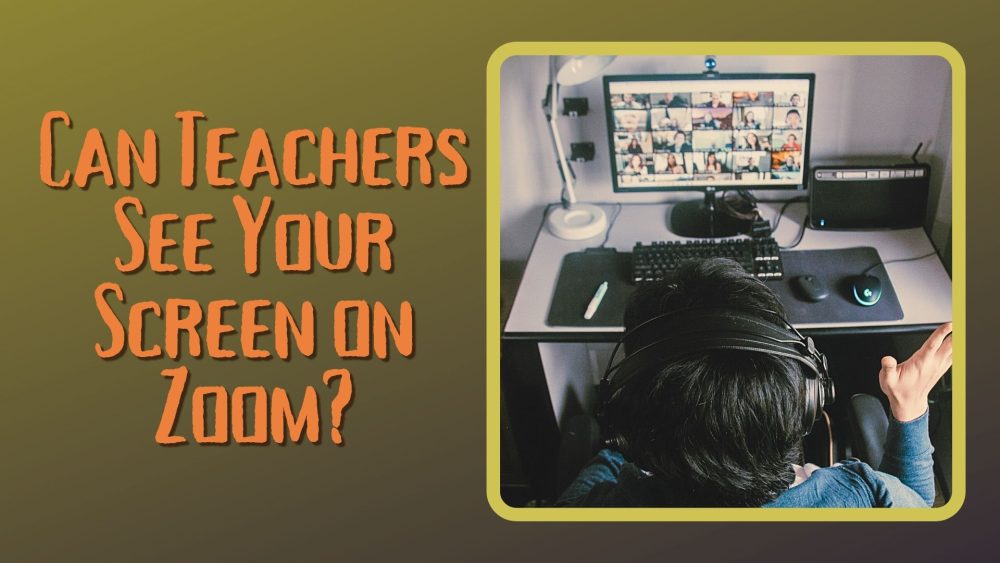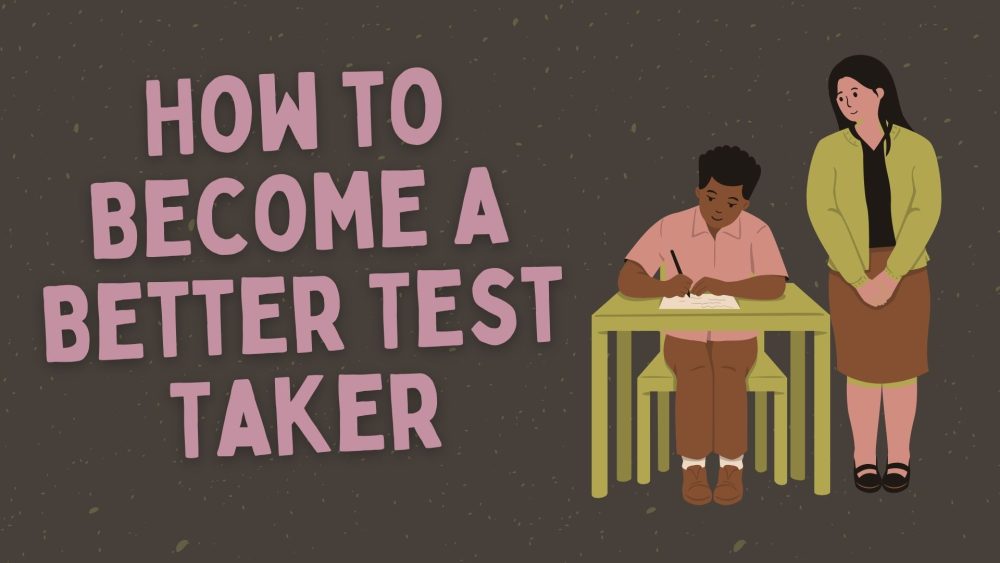TurnItIn Similarity: How Much Is Too Much?
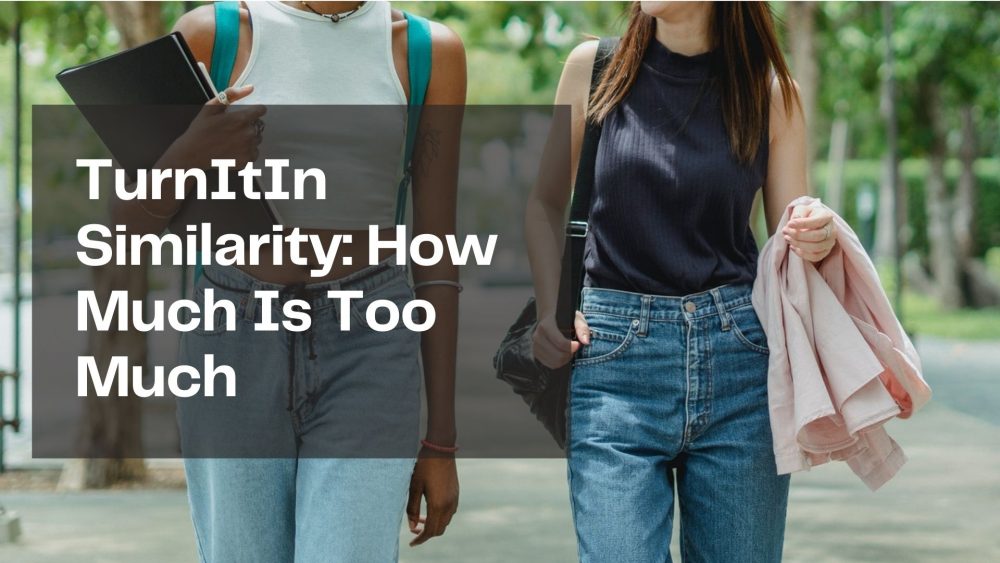
Over the years, TurnItIn has continued to help college and university students improve the quality of their academic papers. Getting top grades is the dream of every student, and as such, TurnItIn offers students a chance to make this dream come true.
This internet-based plagiarism detection service has been in operation for decades now – it has helped students achieve consistency, honesty, and fairness in all academic research and education spheres. The service embraces diversity and can help students on a wide scale of issues.
With this expert report, you will be able to identify the TurnItIn similarity score meaning, TurnItIn plagiarism percent, and the various TurnItIn similarity scores. Maintain a hawk eye to the end as you get all your questions answered with the best minds in town. Let’s get started!
Table of Contents
- How Much TurnItIn Similarity Is Too Much?
- TurnItIn Similarity How Much Is Too Much For College Students?
- Why A Little Plagiarism Is Good
- Good TurnItIn Score – How Do You Determine It?
- Good TurnItIn Score – How Do You Determine It?
- Bad Similarity Percent On TurnItIn?
- How To Check TurnItIn Score
- Reducing Similarity On TurnItIn
- FAQ
How Much TurnItIn Similarity Is Too Much?
You might be asking yourself, ‘what is TurnItIn similarity?’ It refers to the comparison between the texts you submit against the search targets selected for the assignment. Therefore when determining how much is too much, you will be looking at any matching or highly similar text discovered in the detailed Similarity Report. Therefore, if your paper exceeds the set standard of your institution, then it is considered too much.
The TurnItIn plagiarism percentage comes as a result of a paper’s content matching to Turnitin’s databases. The database often contains a repository of tens of thousands of periodicals, journals, and publications. If there is any matching or high similarity discovered in the text, you may be a victim of plagiarism.
Unlike a high percentage that looks good in your result card, a similar rate in TurnItIn may be a reason for you to worry. Various institutions have a particular TurnItIn percentage allowed. If you exceed the set TurnItIn acceptable percentage, you may face the disciplinary committee for punishment. That is why having any high rate in TurnItIn should prompt you to take the necessary actions of removing it.
Students should therefore strive to avoid as much plagiarized content as possible since this amounts to academic misconduct. There are various ways of arriving at an authentic assignment without necessarily writing the whole work from scratch. We will look at some ways of attaining an acceptable TurnItIn score painstakingly in the following few paragraphs. Watch out!
TurnItIn Similarity How Much Is Too Much For College Students?
College research requires students to consult a variety of sources. Some of these sources contain facts that students cannot paraphrase or manipulate to remove plagiarism. As such, some papers may have a slightly higher plagiarism score. One of these is the literature review section of most research papers. But how much plagiarism is allowed for such areas?
In writing such parts of a research paper, students are encouraged not to stuff up literature reviews together. On the contrary, they should break the paragraphs with explanations of what they get from various sources, which may not necessarily be the exact wordings of another author.
Since teachers may repeat the topics for research, chances of similarity may be paramount. However, most institutions stipulate that any TurnItIn percentage over 10% is too much. A high TurnItIn plagiarism percentage implies that most parts of your paper are a product of copy and pasting. Such irregularities can discredit your work and also cost you your grades in the long run. In the end, your academic career may be at risk.
Some of the factors contributing to a higher plagiarism score may include an overreliance on direct quotation and cutting and pasting from other sources. If you copy sources without proper referencing and citation, your work may also have a higher plagiarism score. Matching formats may also contribute to a higher plagiarism score in your career.

Why A Little Plagiarism Is Good
Minor plagiarism is essential since it shows that you consulted several sources in your academic research. The essence of research is to build on what others have already done. Therefore, when you perform a TurnItIn percentage check and discover minor plagiarism, that should not be a reason to worry.
Having a score of around 5% is reasonable, and as such, you will be on the safe side. It will show your cleverness in using sources while still maintaining the best academic standards. Minor plagiarism promotes the idea that authors can combine ideas and come up with a superb paper.
Minor plagiarism would also make your paper trusted, primarily if you used the rules of citation and referencing. Once you reuse phrases in acceptable ways and cite top standards, your essay will not be free from plagiarism. You will, in turn, have a lower plagiarism score that is acceptable in the field of academic research.
You will also be able to establish the credibility and authority of your knowledge and ideas with a bit of plagiarism. It allows you to contextualize your pictures and locate them in the larger intellectual conversation. Minor plagiarism also enables your reader to use particular source material to develop a given finding or conclusion.
With a lower TurnItIn percentage, you acknowledge your dependence on another person’s ideas. In turn, it helps the reader distinguish clearly between your works from that of your sources. As such, there will be no conflict of interest between the reader and the author.
Acceptable TurnItIn Similarity Index?
One of the frequently asked questions is ‘what is a good TurnItIn score?’ Even though there is no consensus on this issue, most institutions go for anything lower than 10%. It is because a research paper cannot be void of works from another author who has done something related to what you are handling. Scholars mostly build upon what their counterparts have already done.
Some argue that as long as the used work has the correct reference and source, that would be acceptable even if it is more than 20%. Nonetheless, the widely fair TurnItIn percentage is 15% and below. Since plagiarism policies vary with institutions, some may go for 10% while others may go for as high as 45%.
The guiding principles for the determination of TurnItIn acceptable range also depend on the discipline. There are those disciplines that require students to quote what others have already done in the area directly. Such may allow for plagiarism scores of up to 48% or more. It would be impossible to paraphrase a particular formula, principle, or law in mathematics, chemistry, or physics.
If we consider the TurnItIn similarity score, 1-24% is the acceptable score. Students are encouraged not to exceed 25% as it is too much. An original paper in TurnItIn is considered that which is below 25%. Such a score also shows that you have used the required number of sources for your article.
Remember that the TurnItIn similarity reports indicate the similarity between the work submitted for checking and the content in the TurnItIn database.
Good TurnItIn Score – How Do You Determine It?
A good TurnItIn score is 15% and below. If your paper gets beyond this level, then you might be penalized. Once you submit your article to TurnItIn for plagiarism checking, the similarity ranges are in various colors. Your knowledge of these colors will help you understand what a good percentage is. If you want to know how to check similarity on TurnItIn, read the lines that follow.
After submitting your work, you will see the following color ranges. Blue indicates no matching text, while green will imply that one word to 24% is matching. Having yellow will mean that 25-49% of the text is reaching, while the orange and green range from 50-100% of matching text.
Note that the similarity reports may not necessarily determine the level of plagiarism in your paper. Such statements only serve to help you identify the potential sources of plagiarism. If you want to check for plagiarism accurately, you should compare your submitted work with the content on the sources highlighted.
Students should maintain a minimal plagiarized work as possible. If your paper exceeds 50%, then you would have to revise and resubmit your article. Always strive to maintain a score below 25%. In cases where it is possible, the score should be at 5%. You may score bonus points for a paper with the lowest plagiarism score. Who doesn’t want such?
Bad Similarity Percent On TurnItIn?
We have already looked at how to check the TurnItIn percentage of plagiarism. From the deliberations above, anything above 25% is not good. However, a similarity percentage of over 50% is terrible on TurnItIn. It not only downplays the quality of your work but your grades as well.
A highly plagiarized paper on TurnItIn is either yellow, orange, or red colors. They indicate too much similarity in the essay or research paper. However, the settings that instructors set may also influence the percent similarity. Remember that the default settings will exclude quoted words, references, and small matches of up to five words.
If you have anything above 20%, that will show numerous cases of similarity in your paper. Although various institutions have varying similarity percentages, it may be prudent to keep it below 20%.
When you have a 20% similarity percentage on a Master’s paper, it may not be a cause for alarm. It is because most of the information in such a paper will be from existing sources. There are times when a 40% plagiarism score may be acceptable, especially if you reference and present your work correctly.
For first-year students, the percentage limit is 60-70%. Sophomores are allowed up to 50%, while senior students may have between 20% and 30%. There are exceptional cases where supervisors may not accept a higher percent similarity.
Such as in a research article or a journal. Most institutions recommend a plagiarism percent of less than 10%. A paper with such a score will be considered more authentic and original than a higher percentage.
How To Check TurnItIn Score
Turnitin provides various ways of checking for plagiarism in a paper. TurnItIn uses five primary colors to represent the extent to which your report contains similarities with Turnitin’s database. The colors are orange, red, yellow, green, and blue.
- The red indicates a similarity index of 76-100%. Orange, on the other hand, stands for a similarity score of between 50-74%. The yellow color is for a similarity index of 25-49%, while the green color represents a similarity index of between 1-24%.
- Green color will mean that your paper is acceptable and thus no need to revise. If you have yellow, it will mean that you have to change your form appropriately to reduce the plagiarism score. The red color will mean that you have to rewrite your paper entirely since it contains a high similarity index.
- Blue indicates a perfect score and does not require you to rewrite your paper in any way. It suggests that only 20 of your paper’s words match with what is in the TurnItIn database.
To accurately determine the plagiarism score of your paper, you will have to go beyond the similarity percentage. It means that you will now have to consider the original report in detail. Note that resubmitted or overwritten papers may not generate a new similarity score for 24 hours. Therefore, you might find yourself with the same plagiarism score even after editing. The delay is to allow for resubmissions to generate void of the previous paper correctly.
Reducing Similarity On TurnItIn
Do you want to learn how to lower the TurnItIn score and score the best similarity score? Look at the suggestions below:
- Avoid cutting and pasting words or phrases
- Paraphrase citations where necessary
- Cite and reference your work properly
- Ensure that the settings match your institution’s requirements
When writing your work, resist the temptation of directly quoting various sources. It will only increase the similarity score, especially where you have placed them in one paragraph. To achieve a good similarity score, ensure that you write your paper from scratch.
If you want affordable homework help for your paper, we are here for you. Let our pro writers help you beat the deadline with our cheap assistance.
FAQ
What is a good Turnitin similarity score?
In most cases, a good Turnitin score is 15 or below%. However, some lecturers agree that if the paper is well-referenced, it can be more than 20%. Some might even go as high as 45%. A good score depends on the document and the instruction set by the professor. But it is always better to keep your score low.
What do 50 similarities mean on Turnitin?
In Turnitin, 50 similarities mean that the essay or research paper has 50 instances that match other sources. However, this does not immediately mean that you have plagiarized your research. The problem could be poor citations, poorly cited quotes, or the use of common phrases. It could also mean that your paper is plagiarized.

